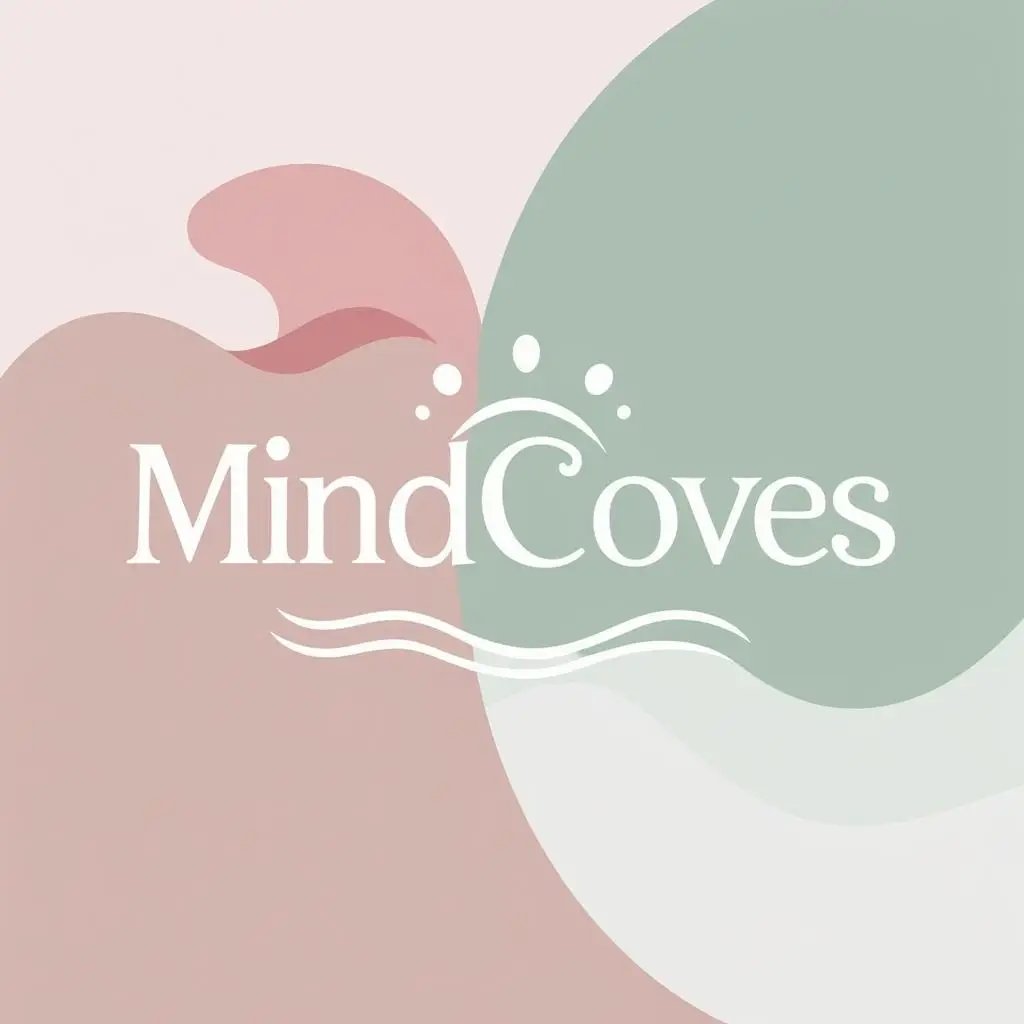
The Magic of Flow: Why Some Activities Make You Lose Track of Time (And Why That Matters)
“Have you ever been so into something that hours flew by in what felt like minutes? That’s the magic of flow.”
Time didn’t just pass — it vanished.
You were deep in something — painting, coding, reading, writing — and everything else faded out. You weren’t resisting. You weren’t distracted. You were in it.
That experience? Psychologists call it flow — and understanding it can help you live more intentionally, create more meaning, and feel more fulfilled. But flow isn’t always positive. And that’s where mindfulness plays a crucial role.
Let’s unpack the psychology behind flow, how to spot its light and shadow, and how to use it — without letting it use you.
🧠 What Is Flow?
The term “flow” was coined by psychologist Mihaly Csikszentmihalyi in the 1970s. He described it as a state of full absorption in an activity — where your skills match the challenge, time distorts, and you feel energized and engaged.
“The best moments in our lives are not the passive, receptive, relaxing times… The best moments usually occur when a person’s body or mind is stretched to its limits in a voluntary effort to accomplish something difficult and worthwhile.” — Mihaly Csikszentmihalyi
You might experience flow when:
- You’re writing and the words just come
- You’re solving a tricky problem or in deep research
- You’re practicing music or in the middle of a great conversation
- You’re fully immersed in a hobby or physical activity
For me, it often shows up when I’m translating dense psychological research into ideas people can actually use. When writing turns into insight-building — and that insight becomes fuel for someone else’s clarity or growth — that’s flow.
🧘 Flow + Mindfulness = Sustainable Creativity
At first glance, flow and mindfulness might seem at odds.
Flow: Losing yourself in something
Mindfulness: “Paying attention, on purpose, in the present moment, nonjudgmentally.”
But actually, they’re partners.
Mindfulness helps you enter flow more intentionally — and exit it more consciously. It helps you spot when flow is nourishing… or when it’s tipping into obsession.
Mindfulness is your internal radar:
- Am I present, or just zoning out?
- Is this activity energizing or draining me?
- Have I moved, hydrated, or taken a break lately?
⚖️ The Pros and Cons of Flow
Let’s be honest: flow is amazing — but it’s not always helpful.
✅ Pros of Flow:
- Deep focus & enhanced creativity
- Natural motivation (intrinsic)
- Higher-quality work and skill development
- Reduced stress and inner calm
- That delicious sense of timelessness
❌ Cons of Flow (when unchecked):
- Ignoring basic needs (movement, hydration, food, sleep)
- Obsessive engagement or tunnel vision
- Social/emotional disconnection
- Burnout or perfectionism
- Digital escapism (e.g. gaming, endless scrolling)
🌿 Positive Flow vs. Negative Flow
| Positive Flow | Negative Flow |
|---|---|
| Energizing, inspiring, life-affirming | Draining, compulsive, numbing |
| Aligned with values & growth | Used to escape, distract, or avoid |
| Includes breaks & awareness | Overrides signals from body & mind |
| Leaves you clearer or more connected | Leaves you exhausted or dissociated |
A few examples:
- Writing a piece that connects ideas and inspires others = 💚 positive flow
- Bingeing TikTok for 6 hours without moving or noticing = 💀 negative flow
⏳ Attention: The Backbone of Flow
Flow is built on attention — how we focus, what we focus on, and how long we can hold it.
Cognitive researchers like Daniel Kahneman and Harold Pashler have studied this in detail. Here’s how attention breaks down:
- 🔹 Sustained attention: Holding focus over time (critical for deep work)
- 🔹 Selective attention: Filtering out distractions to stay immersed
- 🔹 Divided/alternating attention: Multitasking (which actually destroys flow)
Mindfulness strengthens attention — and attention is the gateway to flow.
🧩 Flow ≠ Productivity
It’s tempting to romanticize flow as a superpower for output — but flow isn’t just about doing more.
It’s about being present in something meaningful.
It’s not about grinding through 8-hour work sprints. It’s about those sacred moments where skill, curiosity, and purpose align — and something clicks.
🧍♀️ How to Stay in Flow (Without Losing Yourself)
- Set a 90-minute timer — then pause
- Stretch, walk, or move every hour
- Stay hydrated
- Keep protein-rich snacks nearby
- Use posture check-ins
- Ask yourself: Am I energized or drained?
- Know when to let go — don’t chase flow like a fix
💬 Final Reflection
“Have you ever been so into something that hours flew by in what felt like minutes? That’s the magic of flow.”
But magic — if you’re not careful — can become a spell.
Flow can expand your creativity, insight, and satisfaction. But it can also become a trap for perfectionism, avoidance, or burnout.
That’s why mindfulness matters. It helps us notice the line — between joyful immersion and self-neglect.
For me, flow lives in the research. In the writing. In helping others understand their minds just a little better. That’s when I feel most aligned.
That’s flow — when presence meets purpose.
Now You:
- 🧠 What activities make you lose track of time?
- 💡 Are they nourishing or numbing?
- 🌱 How can you return — mindfully — to the ones that truly matter?



MahaM is a psychology-rooted writer and content creator, blending emotional insight with mindful reflection.
Through MindCovez, she offers grounded, heart-centered writing that guides readers toward clarity, inner stillness, and self-awareness.

Hey! Turns out I did need this…! Great post! Thanks for stopping by at https://www.thetreelovernook.com !